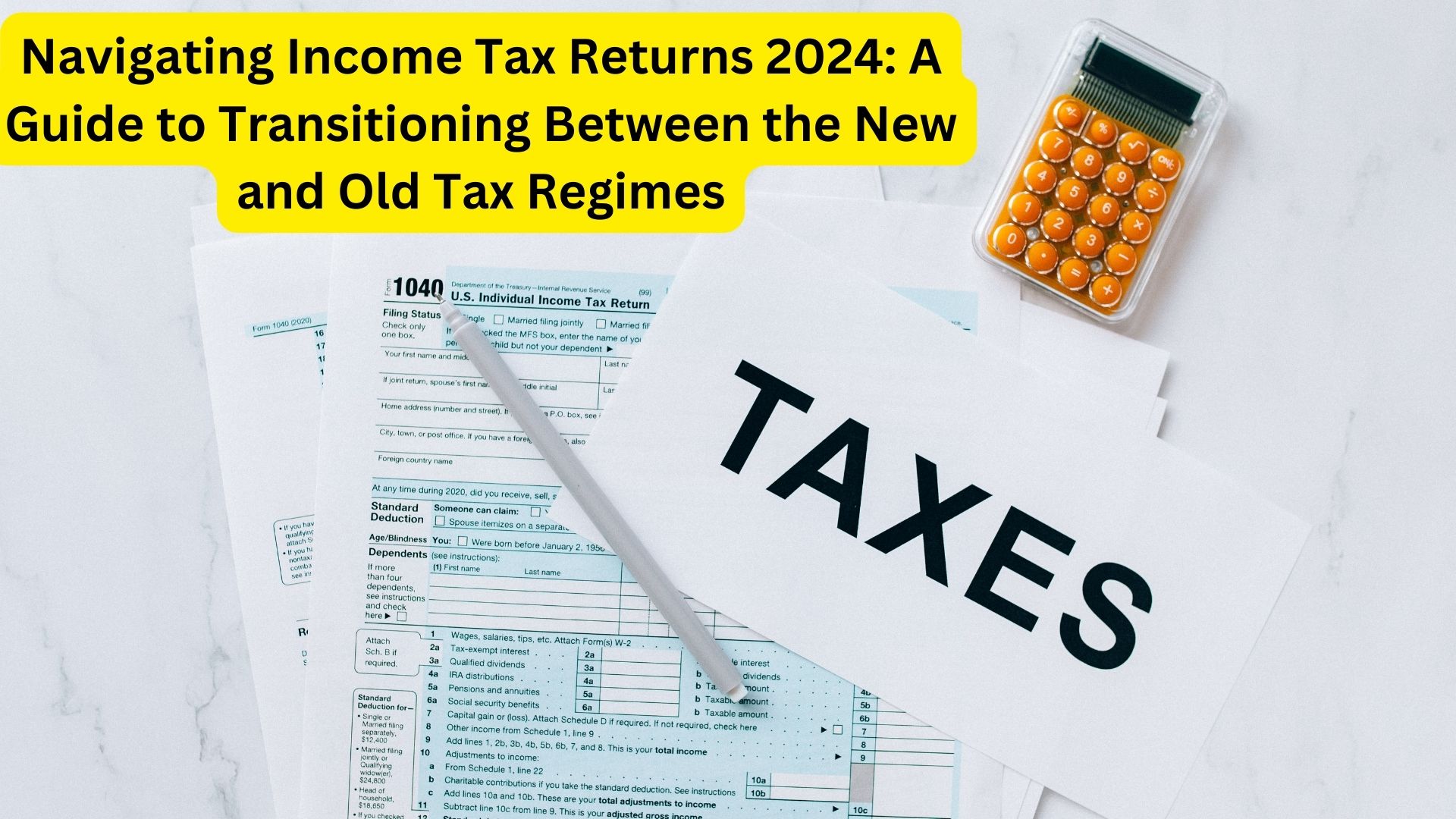
In the Union Budget for the fiscal year 2023-24, Finance Minister Nirmala Sitharaman unveiled a significant shift in the personal income tax landscape by defaulting to the new tax regime. Initiated in 2020, this regime becomes applicable if a taxpayer fails to express their preference with their employer, resulting in the automatic deduction of taxes according to the new regime.
FM Sitharaman, in her budget speech, emphasized that the goal of the new income tax regime is to empower individuals, granting them greater control over their financial decisions. Unlike the previous approach where the government influenced taxpayer decisions through incentives or disincentives, the new system allows taxpayers the freedom to choose how they allocate their money.
For those who prefer the Old Tax Regime, the option to switch between the old and new regimes is available as per the provisions of the Budget 2023. However, the frequency of such switches depends on the type of income.
Salaried Individuals
Salaried individuals enjoy the flexibility to switch between the new and old tax regimes multiple times within each financial year. The new tax regime offers fewer tax deductions and exemptions compared to the old regime, which provides various deductions under Chapter VI A from taxable income, with Section 80C being a well-known and commonly used deduction.
Income from Business or Profession
On the other hand, individuals with income from business or profession are allowed to make a one-time choice. Once an individual with business income opts out of the new tax regime, they cannot opt back in for the new tax regime in the future.
Switching While Filing ITR
The Central Board of Direct Taxes (CBDT) has recently introduced two new income tax return forms, ITR-1 (SAHAJ) and ITR-4 (SUGAM), for the Assessment Year 2024-25. ITR Form 1 now includes the option to select the tax regime. For ITR 4 (individuals with business or professional income), taxpayers will need to file form 10-IEA to opt out of the new tax regime.
Previously, individuals had to fill out Form 10-IE to choose the new tax regime. However, Form 10-IE, which allowed individuals to opt into the new tax regime, has been discontinued. This change aims to make the new tax regime the default setting, starting from the financial year 2023-24. Therefore, the new tax regime will automatically apply unless individuals take specific action to opt for the old regime.
Old Tax Regime vs New Tax Regime
The old tax regime provides several tax exemptions and deductions for individuals, including house rent allowance (HRA), leave travel allowance (LTA), and deductions under Sections 80C, 80D, 80CCD(1b), 80CCD(2), among others.
The tax slabs for the old regime are as follows:
- Up to Rs 3,00,000: Nil
- Rs 3,00,001 – Rs 5,00,000: 5% above Rs 3,00,000
- Rs 5,00,001 – Rs 10,00,000: Rs 10,000 + 20% above Rs 5,00,000
- Above Rs 10,00,000: Rs 1,10,000 + 30% above Rs 10,00,000
In contrast, the new tax regime eliminates many exemptions and deductions. If the taxable income (after all deductions) under the old regime is below Rs 5 lakh, no tax is applicable. Under the new regime, the entire income is tax-free if the taxable income is under Rs 7 lakh. The tax slabs for the new regime are as follows:
- Up to Rs 3,00,000: No tax
- Rs 3,00,001 – Rs 6,00,000: 5%
- Rs 6,00,001 – Rs 9,00,000: 10%
- Rs 9,00,001 – Rs 12,00,000: 15%
- Rs 12,00,001 – Rs 15,00,000: 20%
- Above Rs 15,00,000: 30%
Also Read

2 thoughts on “Navigating Income Tax Returns 2024: A Guide to Transitioning Between the New and Old Tax Regimes”